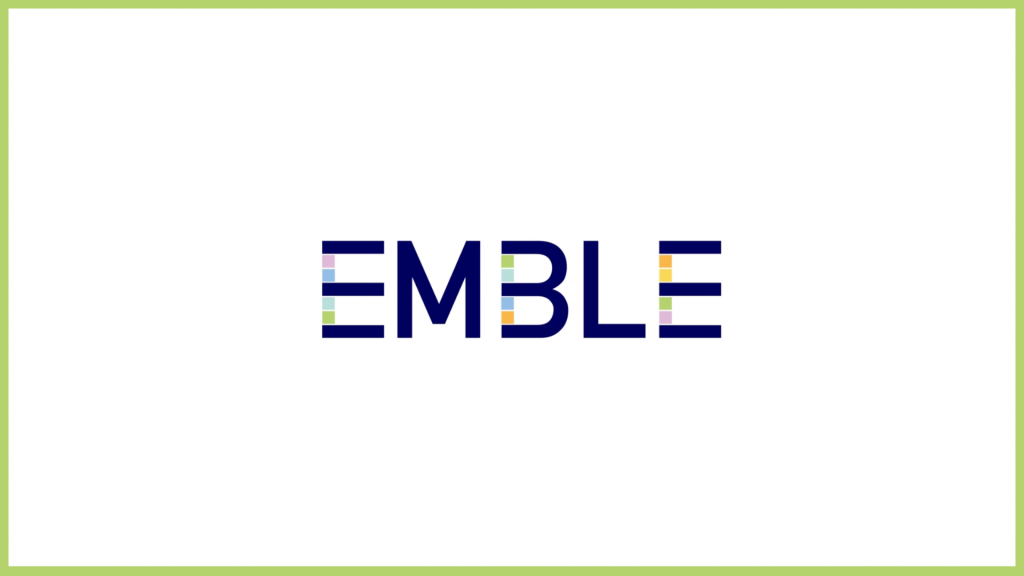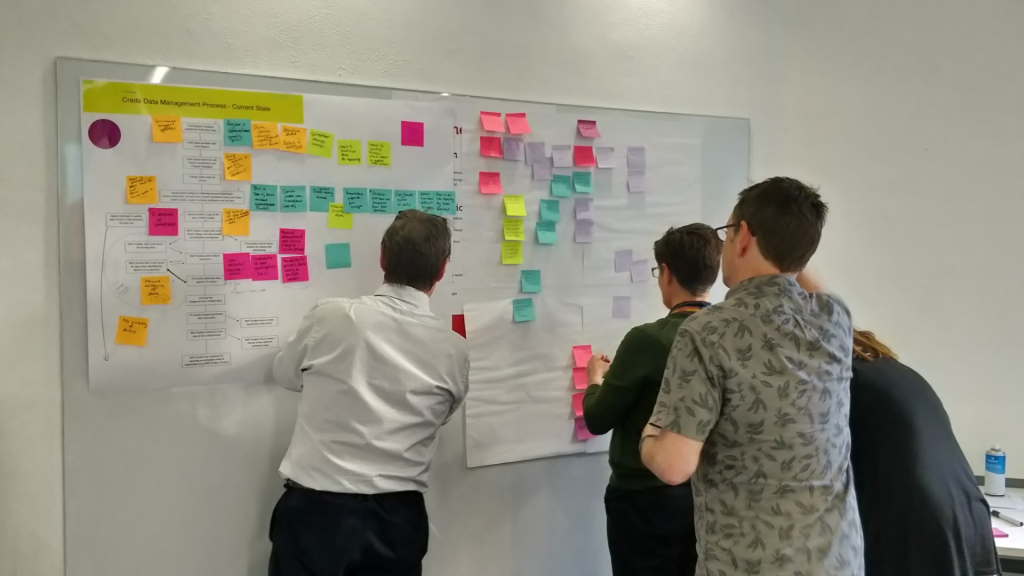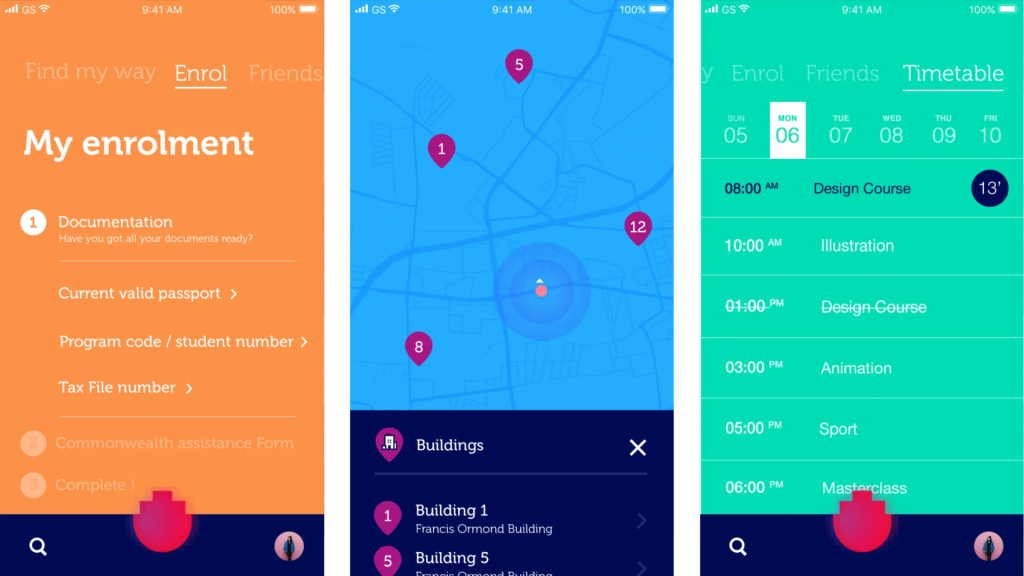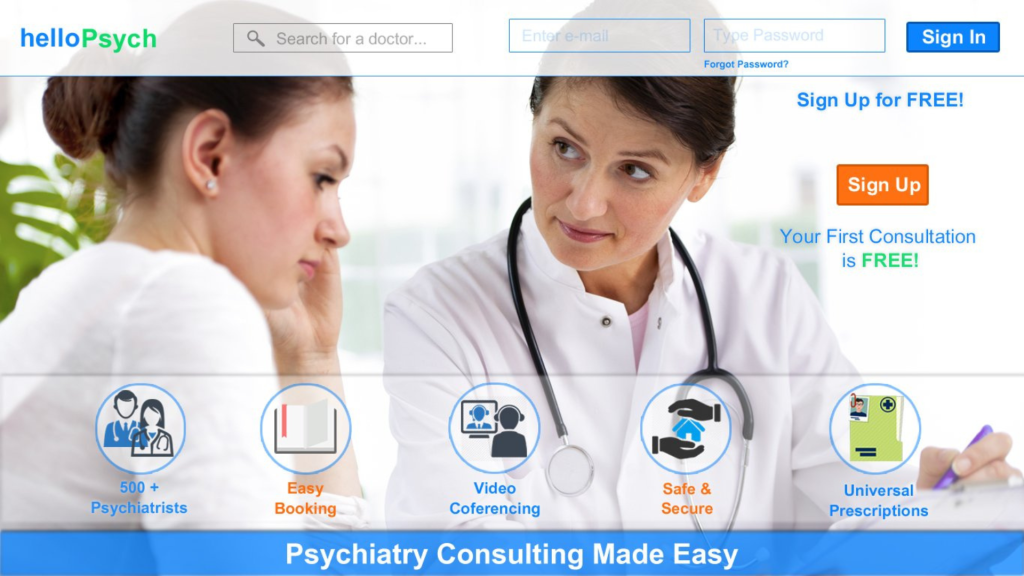My Industry Portfolio
My Approach to Product Innovation
Iterate to Innovate
Creating impactful products in today’s landscape requires agility and a relentless focus on improvement. I drive innovation by rapidly iterating through design, testing, and feedback loops. This approach allows for quick identification of opportunities and challenges, ensuring that each iteration brings us closer to a product that meets both user needs and business objectives.
Fail Fast, Learn Faster
I believe that embracing the possibility of failure is crucial to innovation. By testing ideas early and often, I can take smart risks and discard concepts that don’t meet our goals. This mindset empowers teams to experiment boldly, focus on high-impact solutions, and keep moving forward confidently, knowing that every failure is a step toward success.
Build Together
Great products are built collaboratively. I excel in uniting cross-functional teams—bringing together designers, engineers, data scientists, and business stakeholders to co-create technically sound and deeply user-centric solutions. As a facilitator, I foster an environment where diverse perspectives drive creativity, efficiency, and better outcomes for our users and clients.
Design for Delight
I am passionate about crafting products that go beyond functionality to deliver experiences that delight and engage. By leveraging techniques like storytelling, emotional design, and user journey mapping, I aim to create connections that transform users into advocates, ensuring our products are memorable, meaningful, and loved.
Data-Driven Decisions
Informed decisions are empowered decisions. I blend qualitative insights with quantitative analysis, leveraging user research, behavioural data, and advanced analytics to guide product strategy. By continuously monitoring KPIs, experimenting with A/B tests, and applying machine learning models, I optimize user engagement, retention, and satisfaction, ensuring our products are always evolving to meet market demands.
My Human-Centered Product Development Process
Deep User Insights
Every product journey begins with understanding the user. I employ a mix of research methods—such as interviews, data analytics, and journey mapping – to comprehensively view user needs, behaviours, and pain points. These insights form the foundation for crafting products that resonate with users and drive business impact.
Rapid Ideation and Prototyping
I prioritize speed and agility in idea generation. Through sketching, brainstorming sessions, and rapid prototyping, I translate insights into concepts quickly. This process aligns teams around a shared vision and allows us to validate ideas early, saving time and resources in the long run.
Scaled Prototyping and Validation
Prototypes are built to test, learn, and iterate. Depending on the project’s scope, I employ a range of fidelity – from low-fidelity wireframes for quick feedback to high-fidelity prototypes that simulate real-world usage. Tools like Figma, Adobe XD, and data platforms are used to refine designs, ensuring alignment with user expectations and business needs.
Seamless Implementation and Iteration
Working closely with engineering, data science, and marketing teams, I guide the product from design through to deployment. Post-launch, I leverage data analytics and user feedback to refine and enhance the product continuously. This iterative approach ensures our solutions remain agile, adaptive, and aligned with evolving market needs.






